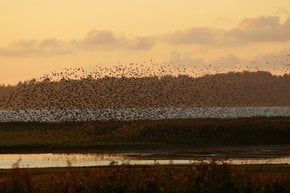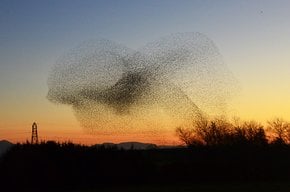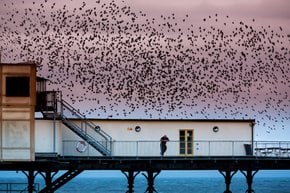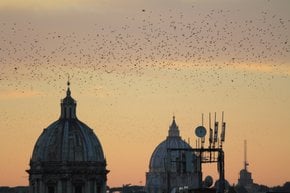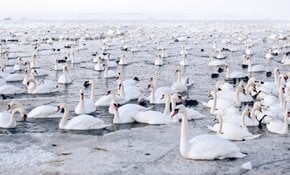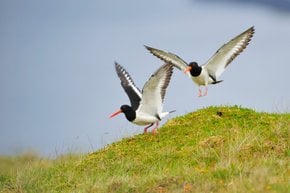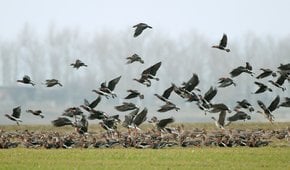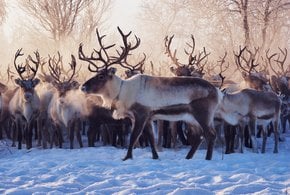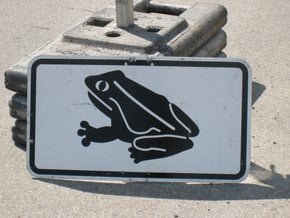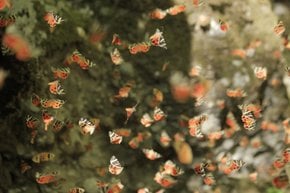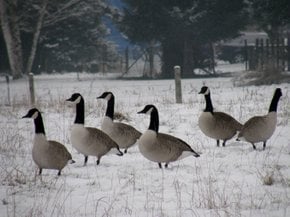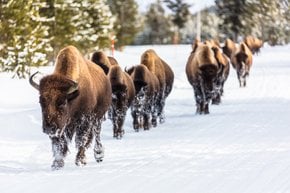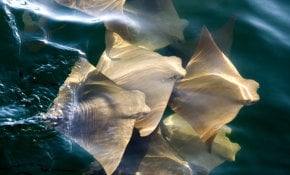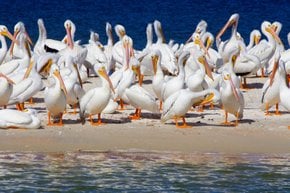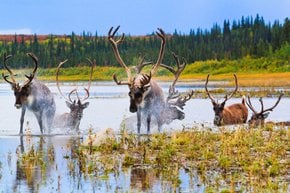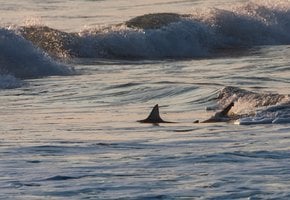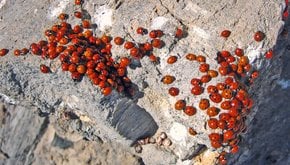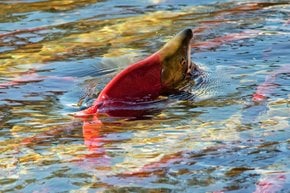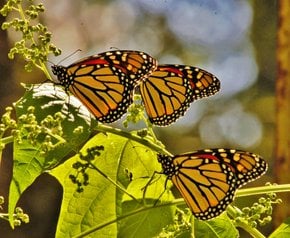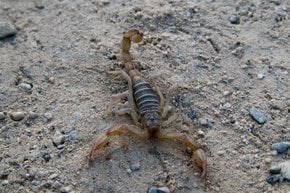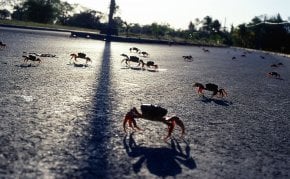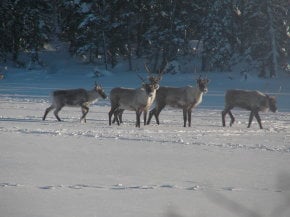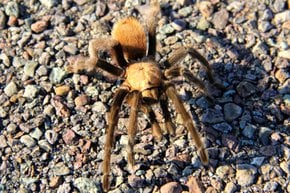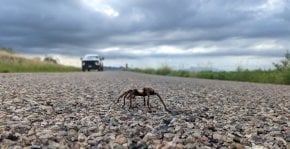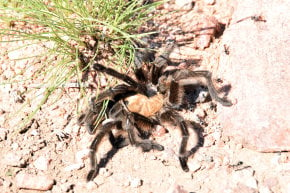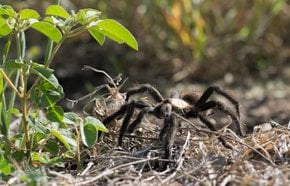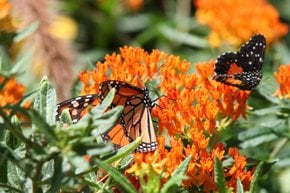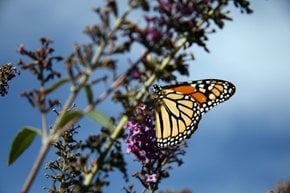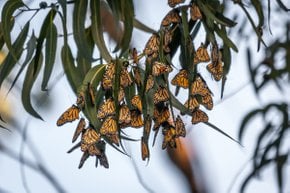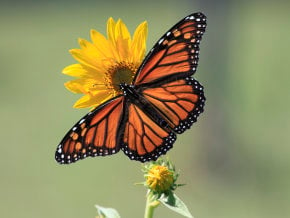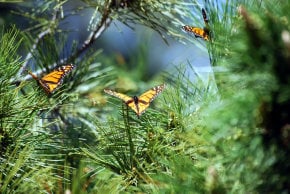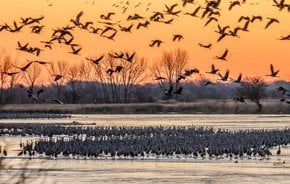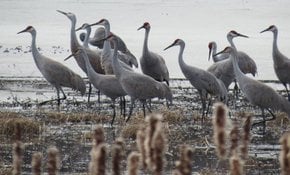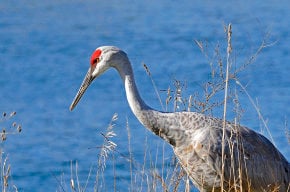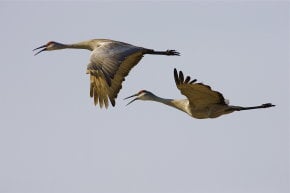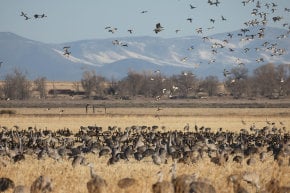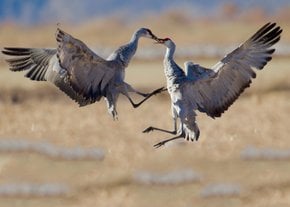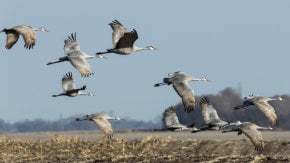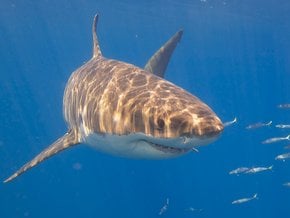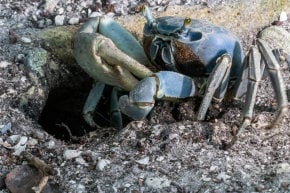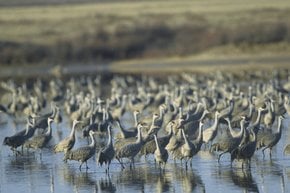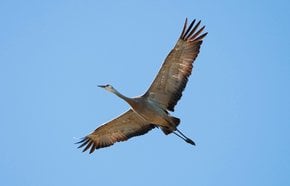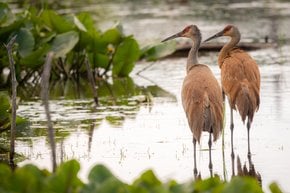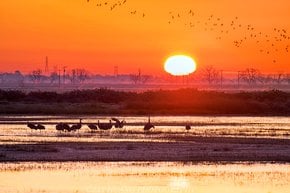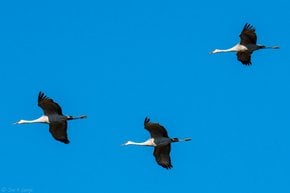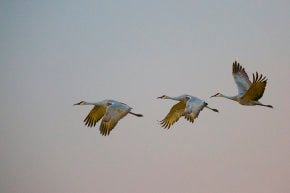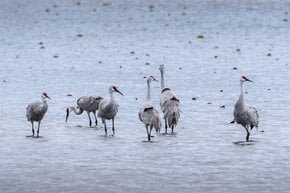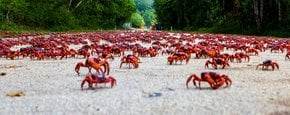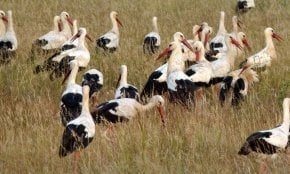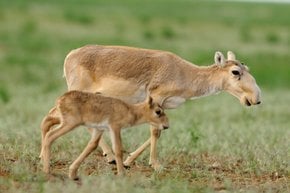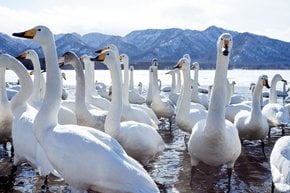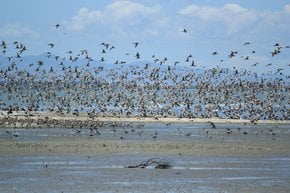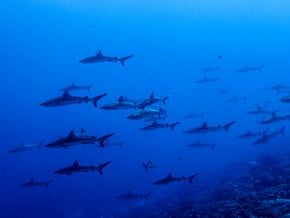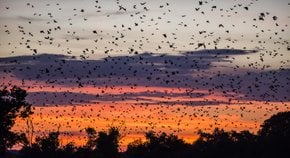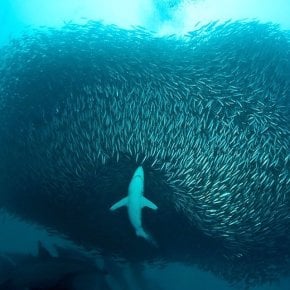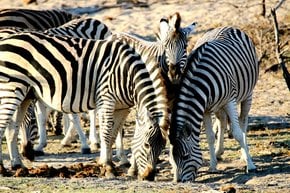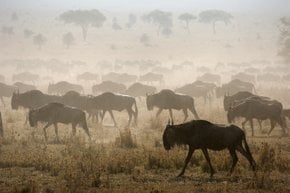Featured collection
Choose Your Favorite Animal Migration and Plan a Trip to Experience It
Humans and animals are both capable of incredible journeys. Untold numbers of reindeer, butterflies, or even jellyfish travel thousands of miles in search of food, safety, and warm climates. These migrations cover vast distances over land, in water, and through the air and have evolved over millions of years. Some of them are predictable and large enough for us to plan our trips accordingly to witness nature’s many seasonal movements—an experience like nothing else. If you also know where and why they move—to escape cold, feed, breed, give birth, or raise young—you start appreciating the migration spectacle even more. We've collected some of the world's greatest migrations for you to chase. Just note the dates may vary as nature isn't always predictable.
Europe
Winter in Europe is the season when the animal kingdom shows a particular beauty. The changing weather makes the reindeer (Rangifer tarandus) gather and collectively move toward a more favorable winter rangeland. This ultimate migration of thousands of reindeer traversing the frozen Scandinavian plains on their way from Norway to Sweden is not to be missed. Starling murmuration, also known as the Black Sun, occurs in many parts of the continent. The flocks of millions of starlings (Sturnus vulgaris) are often spotted at twilight in Denmark and the United Kingdom, but can sometimes be seen as far south as Rome. In the meanwhile, the Danube delta in Romania hosts around half of the world's red-breasted goose (Branta ruficollis) population. The southeastern shores of Cyprus welcome tens of thousands of greater flamingos (Phoenicopterus roseus). Mass bird migrations happen in Sweden, Belgium, Estonia, and other places—mostly in spring and early fall. If all these epic winter migrations don't convince you to travel in the cold season, there's a summer option too. The main gathering of the season happens in Rhodes when thousands of butterflies (Euplagia quadripunctaria rhodosensis) flock to the island.
North America
Animals migrate across North America mostly in fall, winter, and spring. The most epic journey of the continent is the salmon run in the mountainous rivers of the Pacific Northwest. Mother salmon set off on a one-way trip to deposit eggs. Further north, Alaska is famous for the fall and spring migrations of its iconic caribou (Rangifer tarandus) while Nebraska regularly becomes a resting place for hundreds of thousands of sandhill cranes (Grus canadensis)—about 80% of the world's population. Every year, monarch butterflies (Danaus plexippus) travel America, gathering in California, Mexico, and Cuba seasonally. Some 40,000 flamingos (Phoenicopterus ruber) choose the shores of Mexico to bring up their chicks, and the waters off the Florida shores witness an epic spectacle of mullets (Mugil cephalus) migrating to live or die. These and other migrations of the region are collected below.
South America
If you're looking for huge animal gatherings in South America, your two best choices will be flamingos at Bolivian Laguna Colorada and a huge Magellanic penguin (Spheniscus magellanicus) colony at Punta Tomba, Argentina. Both migrations take place during southern summer, when the northern hemisphere experiences winter. Besides, you can chase migrating humpbacks in June–September off the shores of the Galapagos Islands or in July–October off the Pacific coast of Colombia. The visitors of Providencia Island in the Caribbean Sea can witness the black land crab (Gecarcinus ruricola) migration happening between April and July.
Asia
The number one migration spectacle in Asia is observed on Christmas Island in October–December when tens of millions of red crabs (Gecarcoidea natalis) crawl across the islands to lay eggs on the shore and return back to the forest. Another unmissable migration occurs in Kazakhstan where 300,000 extremely rare saiga antelope (Saiga tatarica) leave their home in mid to late autumn for the warmer wintering grounds of Uzbekistan and Turkmenistan. When the weather warms in mid to late spring, they come back to the plains of Kazakhstan to begin calving. In Israel, white storks (Ciconia ciconia) chose the wetland areas as their resting point twice a year—first in mid-autumn on their way south, and again in mid-spring on their way north. Between July and October, Oman welcomes 20,000 faithful turtles which cross the Indian ocean to lay eggs at their birthplace, sometimes at the cost of their lives. At last, Lake Kussharo in Japan annually becomes a wintering grounds for over 300 whooper swans (Cygnus cygnus).
Oceania
Follow the largest migration of Oceania on the shores of New Zealand where endless numbers of bar-tailed godwits (Limosa lapponica) arrive in September and stay for half a year until they leave in March. Some of the most bizarre migrations require scuba diving or snorkeling, namely the permanent jellyfish migration in Jellyfish Lake, Palau, and the so-called "wall of sharks" off the coast of French Polynesia. If you're not into diving, consider watching migrating dolphins from a boat around Bora Bora.
Africa
Africa plays host to several impressive animal migrations. Go on safari in Kenya between August and October to see 2 million migrating wildebeest and several hundred thousand African zebras migrating separately between Namibia and Botswana. Those who're looking for more thrills should see 10 million bats (Eidolon helvum) migrating in Zambia between mid-October and December. Another option for a creepy spectacle is the locust plague that is likely to hit Egypt in March. Some of the most stunning migrations happen underwater—from mid-May to mid-July, check out an epic life-or-death sardine run off the coast of South Africa, or follow gigantic whale sharks (Rhincodon typus) in October–April off Kenya's coast.
Other Collections







